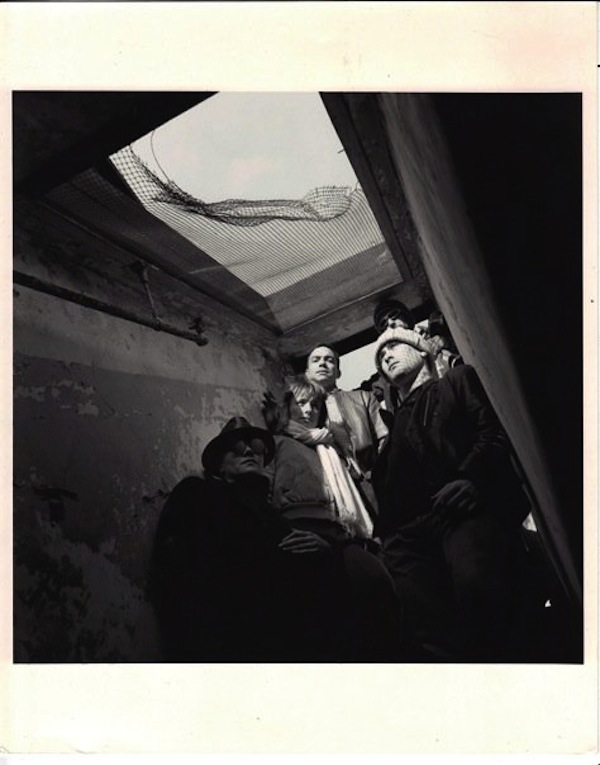Graduating with a BFA in visual art from the California College of the Arts in 1973, Paul says that, when he is dancing or choreographing, that he "imagines staging like a composition for a painting." He goes on to note the frequent and intimate relationship between dance and visual art, particularly amongst the first generation of post modern choreographers in New York.
"This is one reason I connected so deeply with some specific performing artists such as Mary Overlie, whose Six Viewpoints Theory starts with the examination of space," he explains. "Also Meredith Monk, who is always thinking of lighting and spacing as an essential aspect of any production. And Ping Chong, also a visual arts graduate, who often approaches his work like a moving canvas."
Working with these and other influential figures like Simone Forti, Yvonne Rainer, Barbara Dilley, and Anna Halprin, Paul's emerging exploration of performance mirrored his experiences in art school: an emphasis on working alone on various projects or tasks, in order to find his own individual voice. "Ironically, being a dancer," he admits with a smile, "it took me a while to find motion as a core inspiration, rather than shape and space."
Steve Paxton changed all that. "I was very good friends with Curt Siddall in high school in Amherst, Massachusetts, who was in Magnesium (the first showing of Contact Improvisation at Oberlin College, in 1972). Curt introduced Contact to me, and I loved it. I initially thought it only as a sport," he recalls fondly.
This improvisational duet form, where dancers explore movement by sharing weight and physical contact, had a profound influence on Paul. "Contact continues to be a constant in my life. It first brought to me a love of motion and dancing with others, and gave me a very positive experience of working as a group, sharing ideas, performances. This newfound love of collaborating helped 'seal the deal' that I would go into performance."
Just as the dance was growing in importance for Paul, Contact was also quickly spreading across the globe. "I was lucky to network with the early group of Contact practitioners in New York during the 1970s," Paul says. These included Daniel Lepkoff, Nina Martin, Diane Madden, Randy Warshaw, Stephen Petronio, and Robin Feld. In 1983, they formed Channel Z, an improvisation ensemble based on Contact.

Channel Z: Nina Martin, Diane Madden, Paul Langland, Daniel Lepkoff, and Randy Warshaw
Simultaneous to his explorations in dance improvisation, Paul began working with Meredith Monk. After being invited to perform in Chacon (1974), he became a member of The House Foundation for the Arts for the next 11 years. "I seem to flow between voice, theater, and dancing in performance," Paul confesses. "Meredith was a huge influence in giving me practice to enable various modes of performance to exist in the same work."